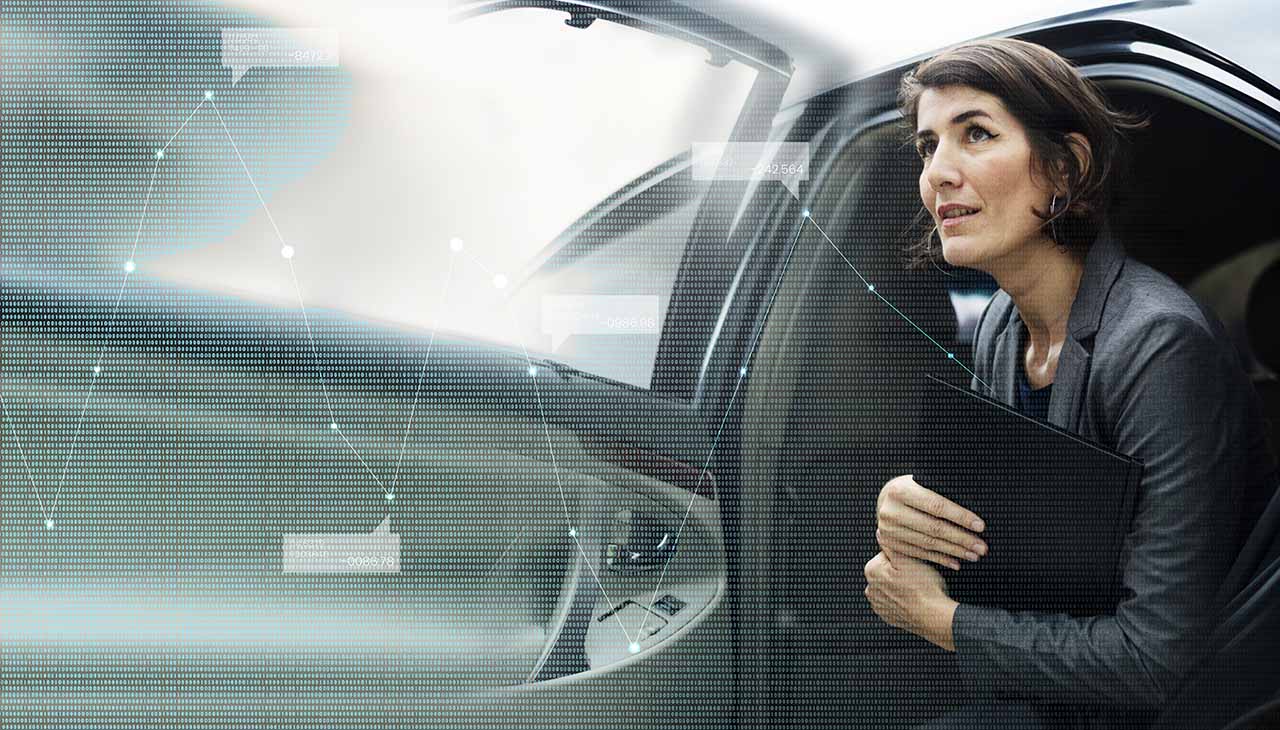Understanding Auto Insurance: Coverage Types Explained
Navigating the world of auto insurance can often feel like a daunting task, yet understanding the different types of coverage available is crucial for every vehicle owner. This document aims to demystify auto insurance, breaking down the various coverage types into understandable sections. From liability insurance, which protects you in case you’re at fault in an accident, to comprehensive coverage that offers protection against a range of non-collision incidents, we’ll explore each option in detail. Knowledge is power, and by the end of this guide, you’ll be equipped with the information needed to make informed decisions about your auto insurance policy, ensuring you’re adequately protected on the road.
Liability Coverage
Liability coverage is a fundamental aspect of auto insurance, designed to protect you financially if you are at fault in an accident that causes harm to another person or their property. This coverage is divided into two main types: bodily injury liability and property damage liability.
- Bodily Injury Liability: This type of coverage is crucial as it covers the costs associated with the injuries of others involved in the accident for which you are at fault. This may include medical expenses, loss of income, and legal fees should the injured party decide to sue. It’s not just a protective measure for the other party, but it also safeguards you from potentially crippling financial liabilities.
- Property Damage Liability: This coverage steps in to cover the costs of damages to someone else’s property as a result of an accident for which you are responsible. This typically involves damage to another vehicle, but it can also include personal property such as homes, fences, and other structures. Similar to bodily injury liability, it serves as a financial shield, protecting you from out-of-pocket expenses that could arise from such accidents.
Collision Coverage
When navigating the world of auto insurance, two terms you’ll frequently encounter are “deductibles” and “limits.” Understanding these concepts is essential for selecting a policy that fits your needs and budget.
- Deductibles: A deductible is the amount you pay out of pocket before your insurance coverage kicks in to cover the rest of the costs. Deductibles primarily apply to collision and comprehensive coverages. Choosing a higher deductible can lower your insurance premiums, but it means you’ll pay more upfront in the event of a claim. Conversely, a lower deductible increases your premium but reduces the amount you’ll need to pay when filing a claim.
- Limits: Insurance limits refer to the maximum amount your insurance company will pay for a specific coverage in the event of a claim. For liability coverage, limits are typically expressed in three numbers representing the maximum payout for bodily injury per person, bodily injury per accident, and property damage per accident. It’s crucial to select coverage limits that adequately protect your assets, as you could be personally responsible for any costs that exceed your coverage limits.
Comprehensive Coverage
Comprehensive coverage, often referred to as “other than collision” insurance, fills in the gaps left by collision and liability coverages, providing financial protection against a myriad of situations that can occur without a crash being involved. This type of insurance is particularly important for protecting your vehicle from unforeseen events that are out of your control.
- Commonly Covered Incidents: Comprehensive coverage typically includes protection against theft, vandalism, fire, natural disasters (such as hurricanes, tornadoes, floods, and earthquakes), falling objects (like tree branches or hail), and collisions with animals. Essentially, it covers damages to your car that aren’t caused by a vehicle collision. For vehicle owners living in areas prone to extreme weather or high theft rates, comprehensive coverage is an invaluable investment for peace of mind.
Uninsured/Underinsured Motorist Coverage
Uninsured/Underinsured Motorist Coverage provides a safety net when you’re involved in an accident with drivers who either lack sufficient insurance or have none at all. This protection is pivotal because it covers the gap between the costs incurred from an accident and what the at-fault driver’s insurance can pay—assuming they have insurance coverage. Why is this important? Without this coverage, you could be left with substantial out-of-pocket expenses for medical treatments, repair costs, and other damages, even if you’re not at fault. In essence, uninsured/underinsured motorist coverage ensures that you and your passengers receive the necessary protection and support, irrespective of the other driver’s insurance status, making it an indispensable component of a comprehensive auto insurance policy.
Personal Injury Protection (PIP) Coverage
Personal Injury Protection (PIP) Coverage, often mandatory in no-fault states, offers broad benefits following a vehicle accident, regardless of who was at fault. This coverage primarily focuses on medical expenses, but it extends to other non-medical costs that can arise from an accident, providing a comprehensive safety net.
- Benefits of PIP: The core advantage of PIP coverage is its immediate provision of benefits for medical bills, lost earnings, and, in some cases, funeral expenses and services the injured person may need, like childcare if they’re unable to perform such tasks due to their injuries. This immediate assistance is crucial, helping policyholders avoid financial strain during the recovery period.
Requirements: The requirements for PIP vary by state, with some mandating its purchase and others offering it as an option. In states where PIP is required, there often exists a minimum coverage limit that must be met. It’s important for policyholders to understand their state’s specific requirements and consider their needs to decide if additional coverage beyond the minimum is necessary.

